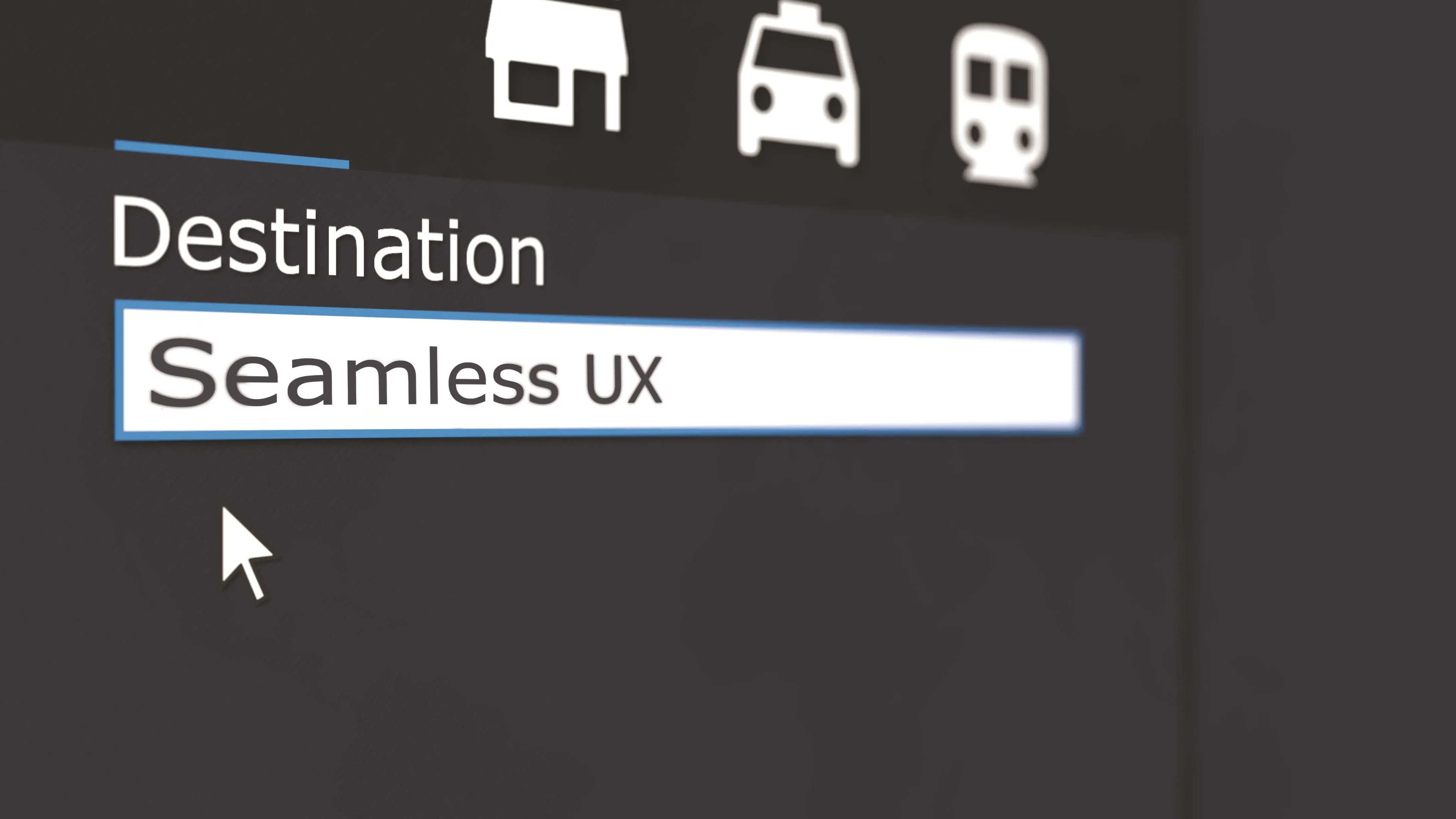For most people, using a smartphone while driving is the last thing
anyone would want to encourage in the interest of safe driving. However,
major US insurance company
Research shows that certain driving habits can increase the risk of a car crash. The Driver Feedback app uses the device's accelerometer to measure three essential driving behaviours: acceleration, braking, and cornering. When activated, at the end of each trip, the driver is provided a score and a log of potentially dangerous driving activities. If the app detects especially risky driving behaviours it provides the driver tips for improvement.
State Farm says that the Driver Feedback app is particularly useful for parents teaching teens how to drive. It offers teen drivers and their parents access to useful non-biased driving feedback, to help families have constructive conversations about safe driving. In addition, the app can be a useful and objective tool to help assess a teen's readiness for independent driving.
However, experienced drivers may benefit from this app, too. Research from the National Highway Traffic Administration has shown that hard acceleration, deceleration and cornering are associated with higher crash risk. The Driver Feedback app can help identify problem areas, providing drivers of any age with useful tips to help reduce the risk of crashes.
The Driver Feedback app is currently available for iPhone and iPod touch and is free for anyone to download. Information on the app remains with the user and is not collected or used by State Farm.









